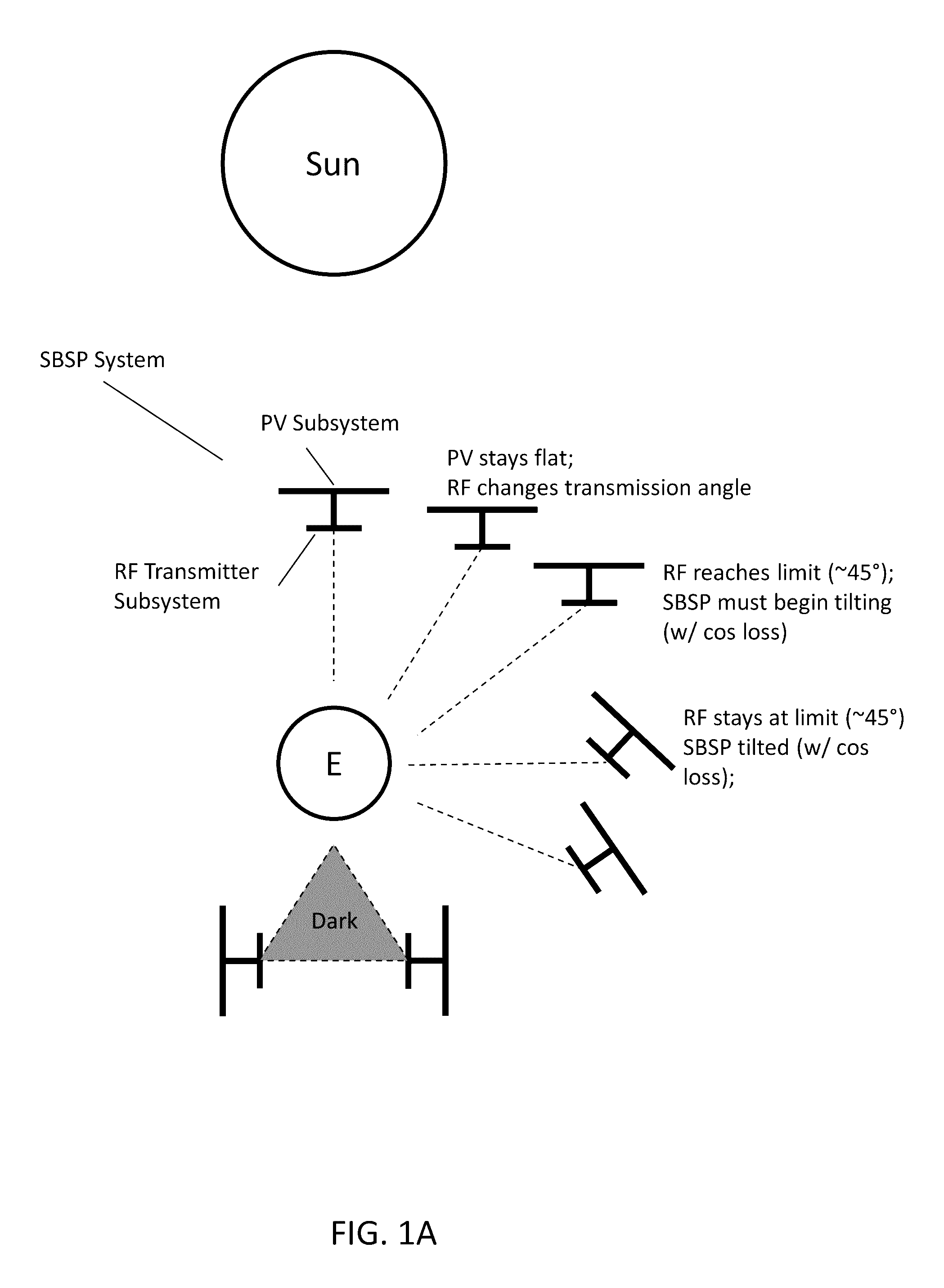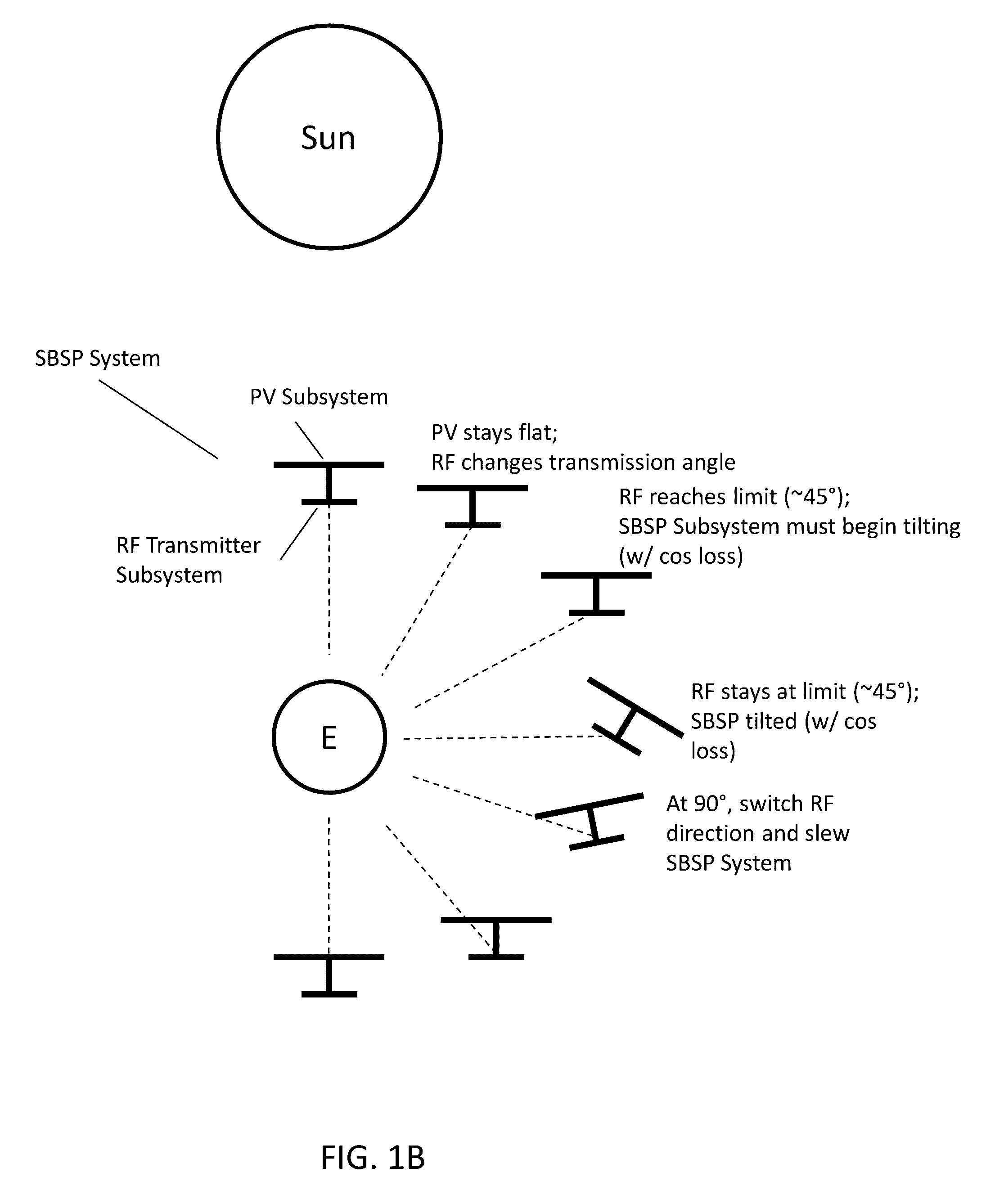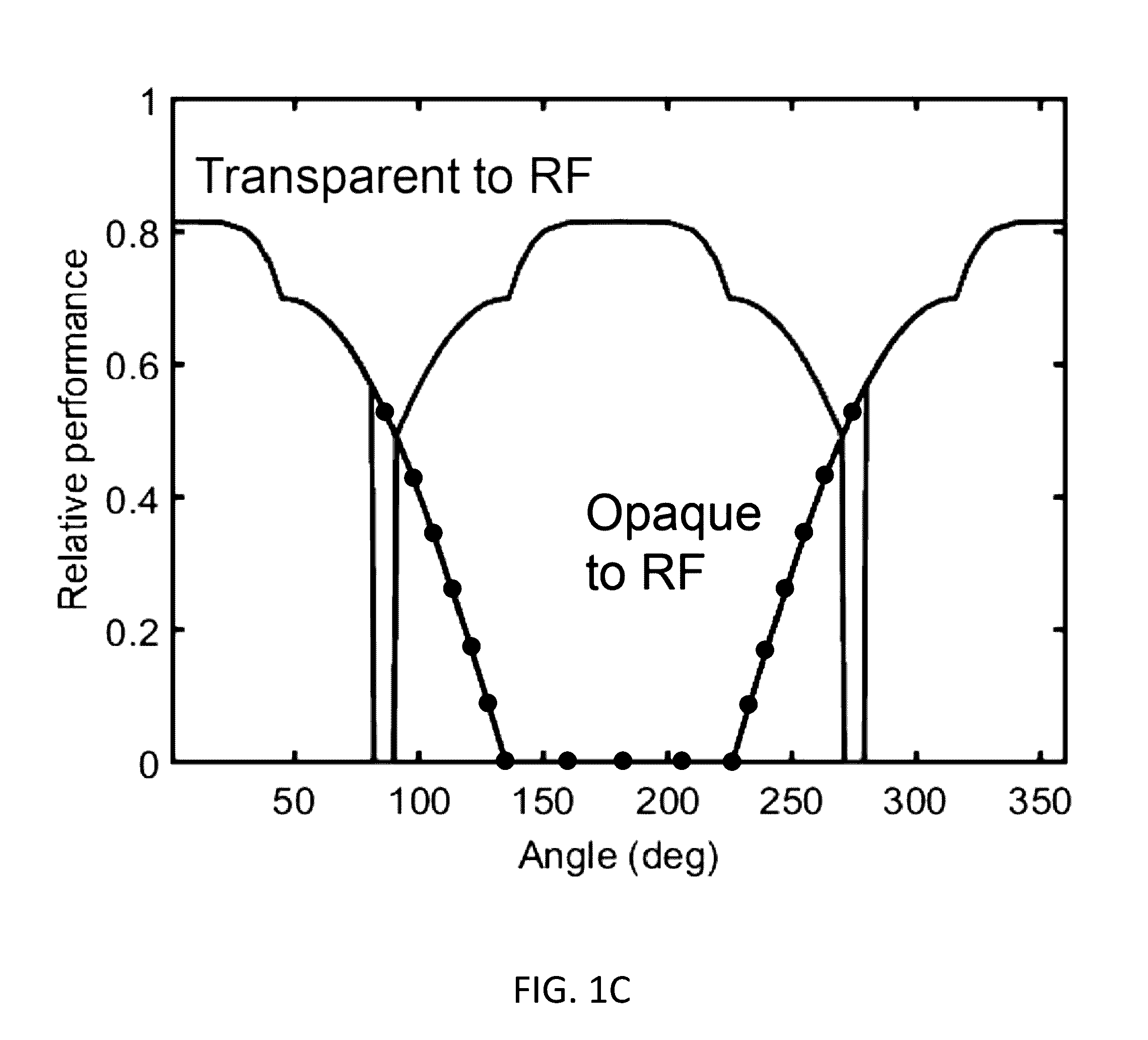Mirrors Transparent to Specific Regions of the Electromagnetic Spectrum
a technology of electromagnetic spectrum and mirrors, applied in the field of mirrors, can solve the problems of reducing the economic viability of conventional sbsp systems, increasing the collection rate of solar energy, and increasing the size of sbsp systems to generate sufficient electrical power
- Summary
- Abstract
- Description
- Claims
- Application Information
AI Technical Summary
Benefits of technology
Problems solved by technology
Method used
Image
Examples
Embodiment Construction
[0069]Turning now to the drawings, mirrors that are more transparent to predetermined regions of the electromagnetic spectrum relative to conventional mirrors (e.g. those fabricated from aluminum or silver) in accordance with many embodiments of the invention are illustrated. Many systems, including many systems configured for extraterrestrial operation, can benefit from such structures. For example, many SBSP Systems implement concentrators, e.g. in the form of mirrors, to focus solar radiation onto constituent photovoltaic materials, which then generate electrical current based on the incident solar radiation. As can be appreciated, a photovoltaic material's ability to generate electrical current is related to the amount of incident solar radiation / flux. For instance, U.S. patent application Ser. No. 14 / 728,985, entitled “Large-Scale Space-Based Solar Power Station: Efficient Power Generation Tiles,” discloses SBSP Systems that incorporate mirrors to focus solar radiation onto con...
PUM
 Login to View More
Login to View More Abstract
Description
Claims
Application Information
 Login to View More
Login to View More - R&D
- Intellectual Property
- Life Sciences
- Materials
- Tech Scout
- Unparalleled Data Quality
- Higher Quality Content
- 60% Fewer Hallucinations
Browse by: Latest US Patents, China's latest patents, Technical Efficacy Thesaurus, Application Domain, Technology Topic, Popular Technical Reports.
© 2025 PatSnap. All rights reserved.Legal|Privacy policy|Modern Slavery Act Transparency Statement|Sitemap|About US| Contact US: help@patsnap.com



